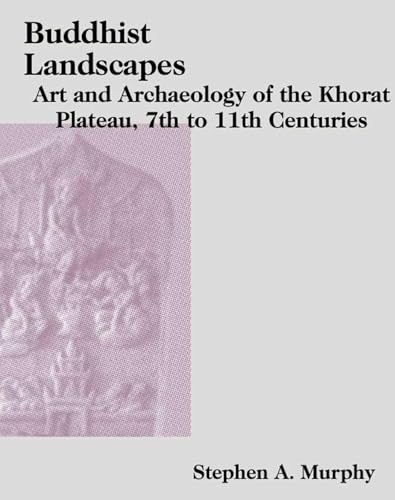via Australian Archaeology, 28 June 2021: A new paper by May et al. looks at the difference between the depiction of European and Southeast Asian ships in the rock art of the Northern Territory of Australia and argue that the differences reflect the interactions between the indigenous peoples and these foreign communities.
The contact period rock art of northern Australia provides unprecedented insights into Aboriginal cross-cultural experiences during the last few hundred years. Northwest Arnhem Land, Australia, has an extensive rock art assemblage and a complicated history of interactions between Aboriginal communities and island South East Asians (Macassans), colonists, explorers, missionaries, buffalo shooters, and more. This contact period rock art offers a unique opportunity to explore a variety of questions relating to cross-cultural interactions and artistic responses to new people, objects and ideas. In this paper we argue that a dichotomy exists in the number of European and south-east Asian themed rock art motifs. We suggest that there is an underlying theme in the proliferation of European related imagery relating to threats to Indigenous sovereignty. Our findings suggest that rock art illustrates the Aboriginal community’s responses to both groups and their experience of the existential threat posed by European intruders. The apparent lack of rock art relating to south-east Asian interactions, although perplexing, may in fact provide circumstantial evidence for a very different type of interaction between some northern Australian and south-east Asian communities.
Source: Full article: The Missing Macassans: Indigenous sovereignty, rock art and the archaeology of absence
See also:

























